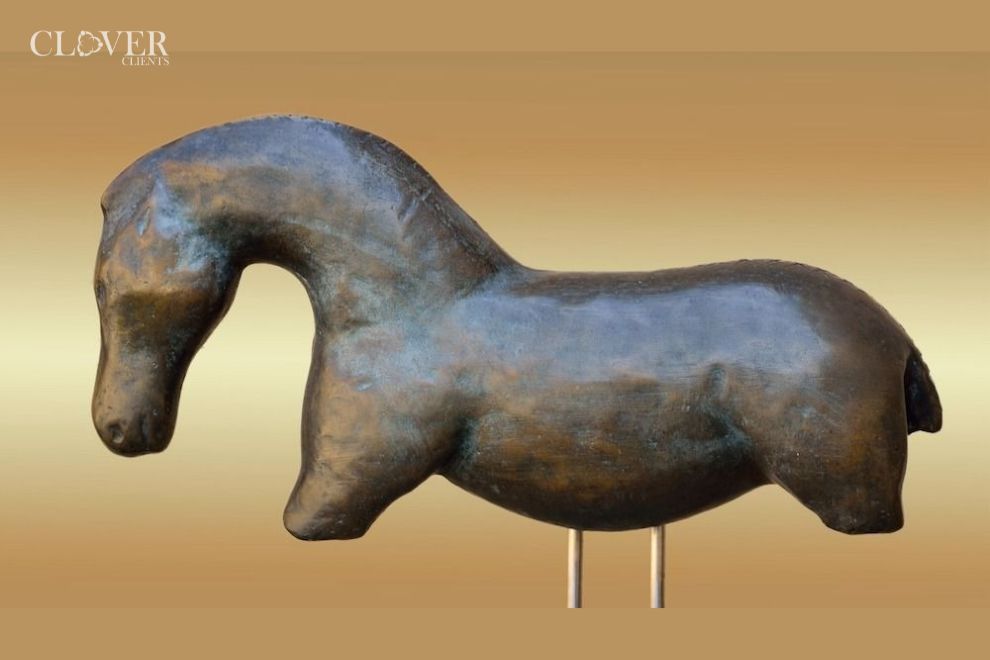Humans have always been on the run for invention, depicting how to represent their narratives. We can perceive And observe many things, which puts us ahead of other living beings
One such depiction has surfaced in recent times, shedding light on the 1st ever carved horse figurine that was made during the Upper Paleolithic period.
The figure has been proven to be carved out of mammoth ivory, a material that has been prominently used in ancient times since it has always been available to man. It has been used to make large quantities of valuable art and to preserve Decorative sculptures.
How does it look?
The horse figurine is a palm-sized artifact measuring approximately 1 inch (2.5 centimeters) in height and 1.9 inches (4.8 centimeters) in length. It features detailed carvings of a mouth, nostrils, eyes, and a mane.
Although the head and legs have been broken off due to the sculpture being 35000 years old, it reassembles a stallion. An archaeologist wondered Whether its pose could depict that of a stallion that seeks To impress a mare or to be ready for a threat.
Tapestry of the past
The research proves that this sculpture is over 35000 years old. It belongs to the upper Paleolithic group whose people lived in that particular timeline.
The cave in which The figurine was discovered belonged to the Aurignacian. It can also be noted that their presence overlaps with Neanderthals in this part of Europe. Thus, there’s a theory that leads to the assumption that these groups might’ve coexisted at a certain point.
The Aurignacian people were also renowned for their skills as hunter-gatherers. They demonstrated their craftsmanship by creating stone tools like blades and points. Inside the cave, hundreds of these tools have been discovered. Moreover, numerous animal bones and ivory pieces, including beads painted red with ochre, were also discovered.
According to the Paleoanthropology Society, the group likely used the space for processing meat. After analyzing, Researchers estimated that approximately 32,000-year-old animal bones in Vogelherd Cave were primarily reindeer (Rangifer tarandus) and horse (Equus ferus) remains. This indicates that Aurignacian groups hunted and ate these animals and created artwork depicting them, as reported in a study in the Journal of Human Evolution.
With the primary depiction of the artwork and to craft them in permanent figurines, one can formulate two theories. It portrays how people were grateful for something that satisfied their hunger. They could’ve also been fascinated with the moving creatures That had magnificent features. Either way, humans have always been in search of new inventions. Looking back on the past can also be a great example of how far we’ve come.













